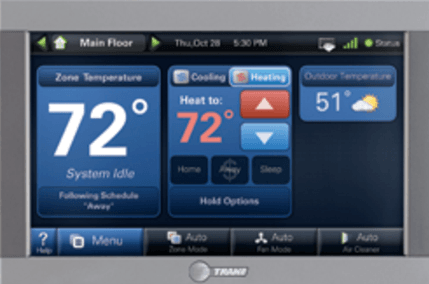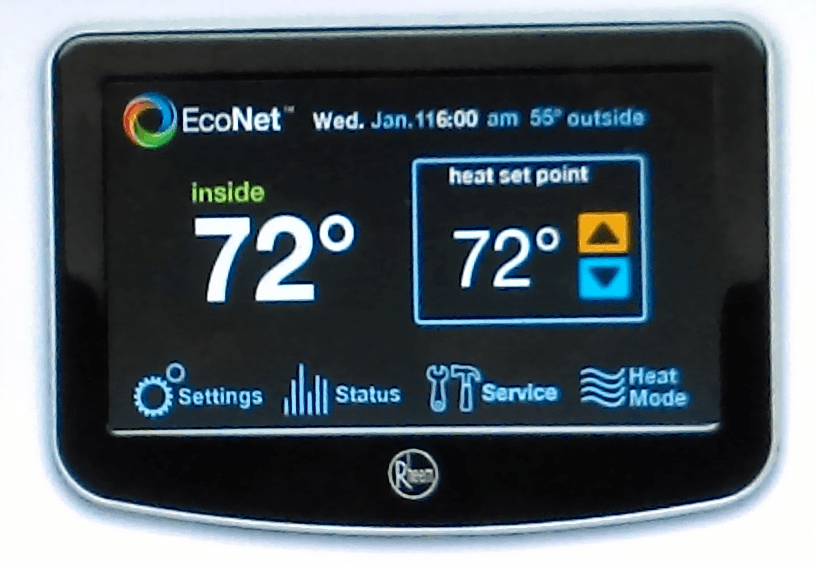Programmable thermostats have been a staple of home heating and cooling solutions for decades. They allow for basic control of your home’s climate and are capable of saving the average household a small, yet not insignificant, amount of money over the course of a year. But new technology is emerging that is not only giving today’s homeowner more control over their environment, it is giving more control over to the devices that control the environment, fine-tuning and ultimately increasing the energy efficiency in ways that a basic programmable thermostat can’t.
Benefits of Programmable Thermostats
It is worth noting that the average programmable thermostat is more sophisticated today than its decades-old counterparts and, in many cases, can do as efficient a job as a smart thermostat in regulating a building’s overall climate. Homes with a single heat zone, small apartments and office spaces and many homes and businesses with an open floor plan certainly can be regulated well with a modern programmable thermostat when the sensors are strategically placed.

Benefits of Smart Thermostats
Smart thermostats, as the name implies, rely more heavily on wireless technology and have features and capabilities that are simply not present in traditional programmables. What sets them apart is their ability to learn from your routines and behaviors. They are Internet connected via WiFi, which lets you control your home’s climate from anywhere, they show your energy consumption rate in real-time, and they even make adjustments on the fly based on ambient climate conditions such as humidity. Smart thermostats also do a much better job of managing multiple heat zones.
Smart thermostats also streamline the process of regulating climate. Traditional programmables can be told to lower the heat at a certain time and turn it up at a certain time, but a smart thermostat can provide statistics on how long it will actually take to get the environment to the desired temperature. If you now it will take “about an hour” to heat up the house, you can set a programmable to go on an hour before people get home. If, however, it will only take 44 minutes, a smart thermostat can decide when to turn back on based on when you need it to be fully heated or cooled inside the building.
There are two basic types of smart thermostats: those that learn automatically and those that rely on user input to make changes. The former makes adjustments and calculations on its own until it achieves the balance you are looking for. The other uses desktop and mobile applications for programming and remote system management. The best models are those that employ a hybrid system that utilizes both and which learn from both programmed commands and user behavior.
We’re Pure Air Conditioning of Naples FL.



